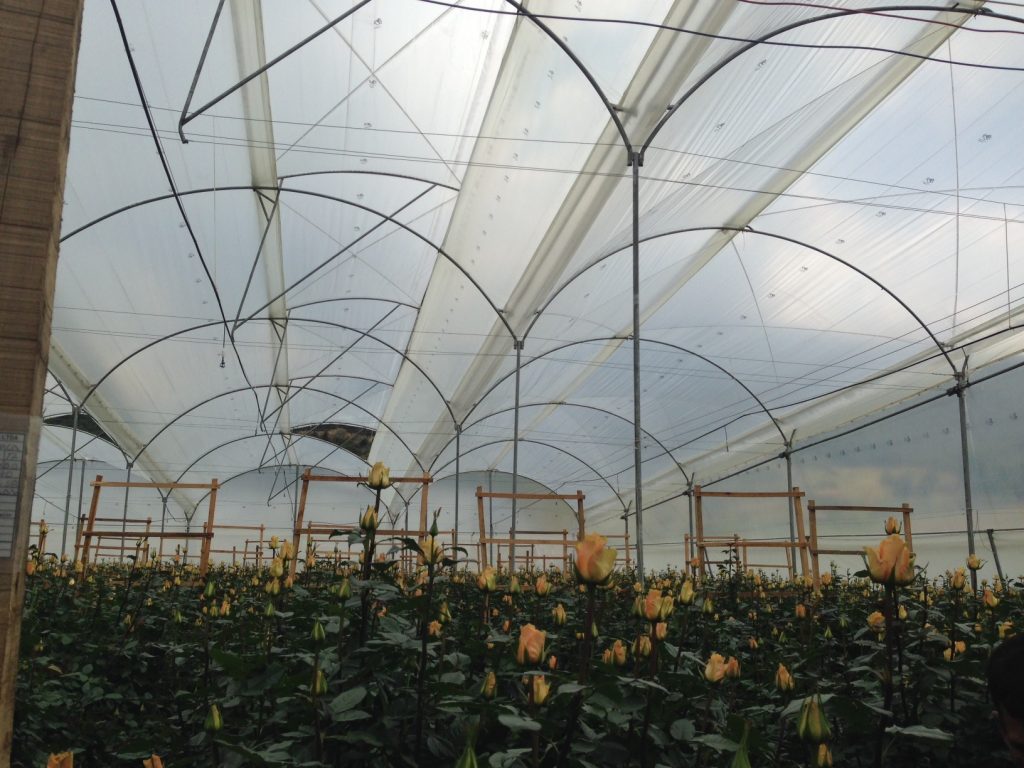PAR and Plant Response Curve
Just as humans need a balanced diet, plants need balanced, full-spectrum light for good health and optimum growth. The quality of light a plant receives is just as important as the quantity. Plants are sensitive to a similar portion of the spectrum as is the human eye.This portion of the light spectrum is referred to as Photo-synthetically Active Radiation or PAR, namely the wavelength Spectrum of about 400 to 700 nanometers. Nevertheless, the way a plant responds to light within this spectrum is very different from the way humans respond.
The human eye has a peak sensitivity in the yellow-green region, around 550 nanometers. Plants, on the other hand, respond more effectively to red light and to blue light, closer to the two extremities of the visible spectrum.The graphs below show the human eye response curve and the plant response curve. Note the vast difference in the contours.


Just as fat provides the most efficient calories for humans, red light provides the most efficient food for plants. However, a plant illuminated only with red or orange light will fail to develop sufficient bulk. Leafy, or vegetative, growth and bulk also require blue light. Farmers often think they need to maximize all of the available light for optimal growing conditions. In the early 20th century, Frederick Blackman and Gabrielle Matthaei investigated the effects of light intensity and temperature on photosynthesis. These were their main findings:
- At constant temperature, the rate of carbon assimilation varies with irradiance, initially increasing as the irradiance increases. However, at higher irradiance, this relationship no longer holds and the rate of carbon assimilation levels out.
- At constant irradiance,the rate of carbon assimilation increases as the temperature is increased over a limited range.
This effect is seen only at high irradiance levels. At low irradiance, increasing the temperature has little effect on the rate of carbon assimilation.

As can be seen from the following chart a positive correlation exists between the rate of photosynthesis and the light intensity as far as the point where the curve levels off, from which point the added light does not increase the rate of photosynthesis.
LIGHT TRANSMISSION THROUGH GREENHOUSE COVERS
The main factors affecting the solar radiation transmitted inside a greenhouse are the type of structure, the shape and slope of the greenhouse cover, its orientation with respect to the sun, the location of shadow-casting greenhouse equipment, and the properties of the solar radiation (direct and diffuse components)and of the covering film. Light has to be optimized, as well as other growth- inducing factors, in order to achieve optimum greenhouse productivity (quantitative and qualitative).Light intensity and spectrum as well as photo-period must be adapted to the crop requirements.
When light strikes the greenhouse cover, a number of things might happen to the light wave.
- It could be absorbed by the film, in which case its energy is converted into heat.
- It could be reflected by the film.
- It could be transmitted by the film.
Absorption
When light reaches the film it may be absorbed in full (opaque black film),or partially (aluminum smart film).
Reflection
Reflection occurs when light reaching the film is reflected, partially or totally (reflective opaque or semi-opaque, tinted films).
Transmission
Transmission occurs when light passes through the film.The Total light transmission is the ratio between light transmitted through the film divided by total light intensity. There are two types of transmission: direct or diffused.
- Direct transmission (clear film): occurs when light penetrates the film and its direction remains unchanged.Films with direct transmission have the highest light transmission, compared with diffused, shaded and Aluminum films.These films are mostly recommended in areas with very low radiation intensity in the PAR range and especially during the months during which production is radiation-limited.This directional and intense light creates shadows and burning rays.Without diffusion, directional light causes hot spots in a small area of the greenhouse, causing sun burns even in far northern latitudes such as Canada and Northern Europe.Crops often have to be protected against excessive light to improve crop quality (avoid fruit sunburn due to direct radiation), or to prevent unchecked temperature increases.Furthermore, with clear non diffused cover, the incident light will be directional and unequally distributed around the crop foliage. Add to that the presence of shade in certain parts of the greenhouse, and the result is highly stressed plants, leading to a reduction in yield and quality.
- Diffuse transmission (translucent film): Light diffusion is achieved simply by scattering light waves. A small intense beam of light scatters and disperses light waves across a wider area.Scattered light comes from many directions rather than from a single point of origin.The sun’s direct rays turn into diffused light as they pass through a translucent medium.The effect created will vary depending on the type of cover (diffusion percentage) and the light passing through.The goal is to achieve transmission of a full spectrum and even light.

Light diffusion reduces the effects of structural shadows and self-shadow and allows the plants to receive even light during the day. Diffuse light increases plant energy production and improves growing conditions since the diffused light shines omnidirectionally to reach the lower leaves, rather than only reaching the upper canopy. The easiest way to distinguish whether the film is diffused or not, is to see whether or not the plants cast a shadow. If they do, then the film is non-diffused and if they do not, then the film is diffused.
Film as seen in the following scheme

Non diffused film

Diffused film
Once it is understood that plants respond to light differently than humans, it becomes possible to see things differently too. We at Politiv, as a leading company in the greenhouse covering industry, will help you to better understand your crops and, most of all, we will help you to guarantee the well-being of your crops in their greenhouse environment.








